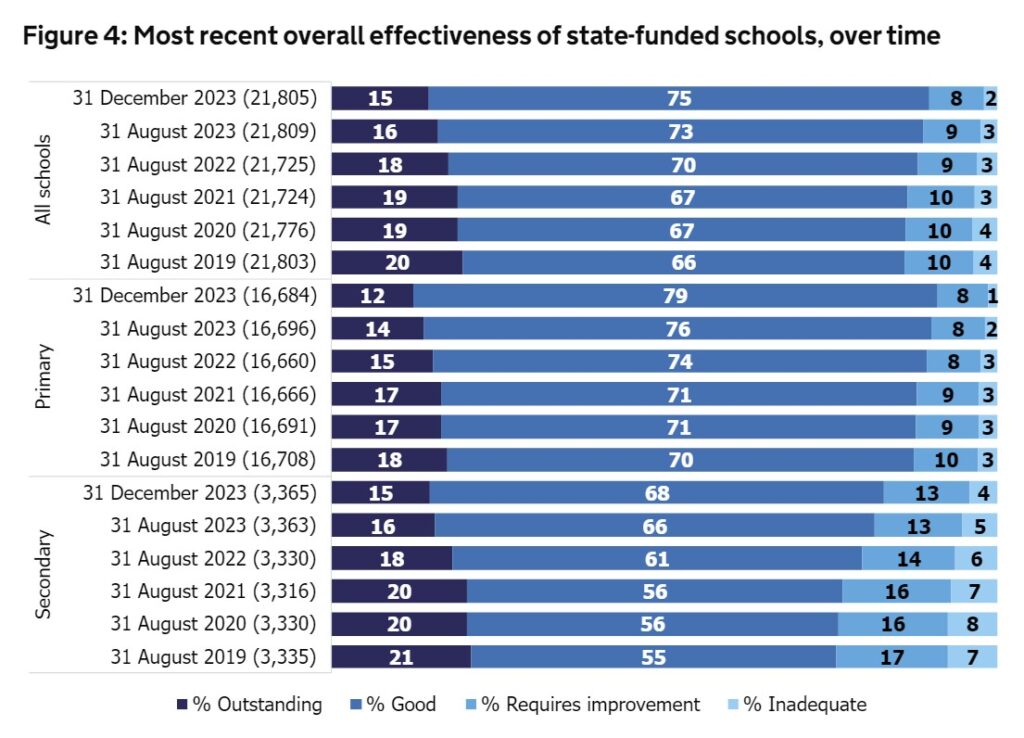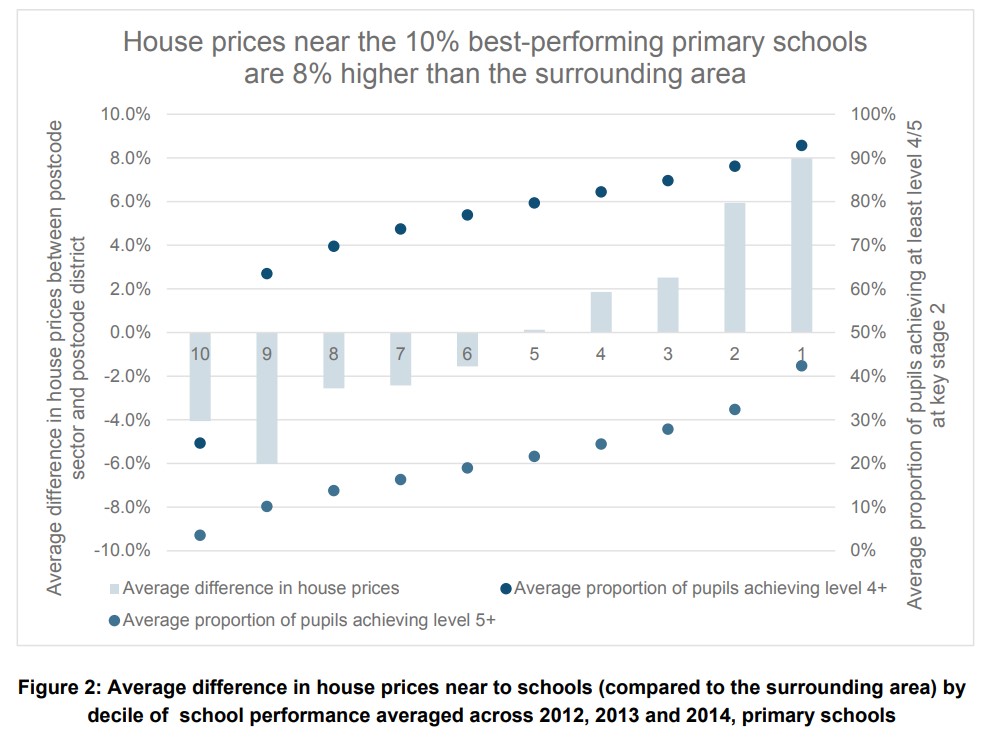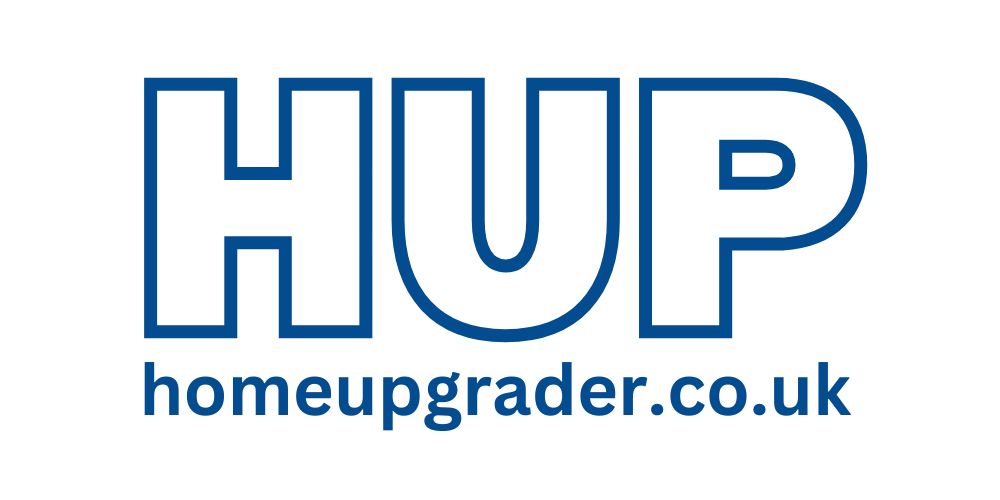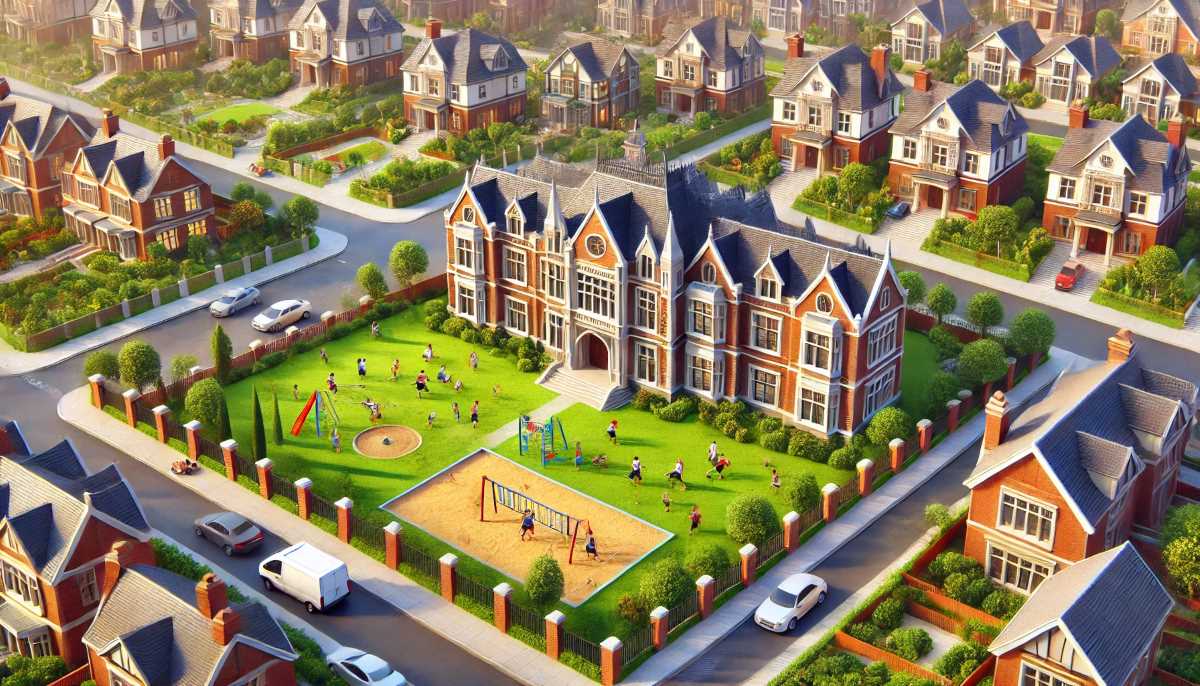Once upon a time, in search of a better life for their children, the people of Britain would pack up and move across the ocean – perhaps to America, or Australia – where they’d find their fortune, usually at the expense of people who already lived there.
Now it’s a bit different. Now, the middle classes seek one thing: outstanding schools. Usually in places like Cambridge. Or in the catchment area just down the road.
If you can’t afford or don’t want to pay private fees, this is the obvious solution. And the housing market has noticed. It is noticeably more expensive to live near the best schools. But how much more?
(Spoiler: it’s quite complicated. You can skip to the answer here if you just want a number.)
What does ‘Outstanding School’ actually mean?
‘Outstanding’ is the top rating a school can receive from Ofsted. It’s a one word summary* of an entire school’s performance across categories such as quality of education, behaviour, safeguarding, and leadership.
There are four Ofsted ratings: Outstanding, Good, Requires Improvement, and Inadequate. The vast majority of schools (75%) are rated as ‘Good’. A small minority (10%) are worse than Good.
That leaves the 15% of schools rated as Outstanding. It breaks down to 12% of primary schools, and 15% of secondary schools. Over time, the number of Outstanding schools has decreased, and the number of Good schools has increased. You can see the latest government report here, and the graph below:

So what does ‘Outstanding School’ actually mean? Well, it essentially means the top 15% of schools in the UK. The ones which will most closely compete in quality with independent schools.
The data is also important for some calculations below. Most people will likely already have a Good school nearby – the most common path here is to move from a Good catchment area to an Outstanding one (i.e. just one step up).
*the one word summary will be retired from September 2025 as relating to an entire school, but subcategories of performance (e.g. Leadership) will still be reviewed.
How to find Outstanding Schools
You might still be house-hunting, or weighing up two areas against each other. There are lots of school locator tools out there. I did a full review of them, and you can see the results here.
Then of course, you could do the usual Googling, or just ask a human being.
However I did find a very useful tool made by a man called Darren Boyle. It’s a simple map showing all the Outstanding schools in the UK. It loads quickly, and it’s not overcomplicated. I’d advise you to start here. Thank you Darren.
How much more expensive are houses near outstanding schools?
Compared to average house prices, you’ll pay around 6.8% to 17.7% premium for a house near an Outstanding school. But this is by no means a set figure – it can be far more.
These figures come from the best two pieces of research I could find after hours of searching:
Both of them concluded that you do pay a premium for property near the best schools, although they did it in slightly different ways.
The DfE research paper split the schools into 10 segments, and compared house prices near the school versus the average for the wider area. They found that, for secondary schools, you’d pay a premium of 6.8% for the top 10% of schools.

While it’s not perfect, this top 10% maps roughly onto the Outstanding category (which, remember, is the top 15%, albeit with a slightly different rating system). They did the same for primary schools and found a premium of 8%.

Of course, this is the difference from an average school to an ‘Outstanding’ school. The difference in house price from a terrible school (bottom 10%) to the best schools (top 10%) is roughly double.
The Yopa survey is a bit more simple. They took the four Ofsted categories, and calculated the average property price across the UK, giving the following:
- Outstanding: £359,000
- Good: £305,000
- Requires Improvement: £277,000
- Inadequate: £243,000
As we saw earlier, most schools are ‘Good’, and most people will be moving from an area with a Good school to an Outstanding school. This gives the premium as £359,000 / £305,000 = 17.7%.
So that’s where we get our range of 6.8% to 17.7% (and, once again, I’ll stress these are averages – it could be far more or a little bit less in your area). Applied to the average prices in different regions of England, this is what you should expect:
| Region | Average House Price (August 2024) | Outstanding School Premium (lower estimate) | Outstanding School Premium (upper estimate) |
| England | £309,572 | £21,051 | £54,794 |
| East Midlands | £250,229 | £17,016 | £44,291 |
| East of England | £344,190 | £23,405 | £60,922 |
| London | £531,212 | £36,122 | £94,025 |
| North East | £166,032 | £11,290 | £29,388 |
| North West | £225,248 | £15,317 | £39,869 |
| South East | £384,804 | £26,167 | £68,110 |
| South West | £320,774 | £21,813 | £56,777 |
| West Midlands | £255,102 | £17,347 | £45,153 |
| Yorkshire and The Humber | £219,433 | £14,921 | £38,840 |
I always think it’s important to give you some numbers. However, the cynical side to me (and you, I suspect) will be smelling a rat. There are a few issues with both the DfE study, and the Yopa study, namely:
- The DfE study compares postcode sectors (e.g. SK10 5) with their wider postcode district (e.g. SK10). For instance, if a school has a postcode beginning with SK10 5, the house prices in SK10 5 will be compared with house prices in SK10. But that’s not how school catchment areas work. In fact, a single spotcheck on my own postcode revealed that this methodology wouldn’t work for us – our nearest school is not in our postcode sector.
- The DfE study is old. It’s nearly a decade out of date, in which time schools have got less outstanding, wage growth has stagnated, and private school fees have grown. It’s entirely possible this 6.8% is much larger now, as more people game the housing market for a better catchment area (maybe this is what the Yopa study shows).
- The Yopa study just looks at ‘postcodes’ but it’s not clear what it means by this. I think it means postcode districts (SK10) but it isn’t explicit. If so, that’s quite a blunt tool. There are about 3,000 state-funded Outstanding schools in the country. There are 2,979 postcode districts. So the areas are probably too big, unless ‘postcode’ refers to a smaller area, which it certainly might.
- The Yopa study gives aggregate figures for the UK, but these will be skewed by regional variations in house price. Wealthier areas (e.g. the South East) will have higher house prices AND more outstanding schools. There is an attempt to address this in the article by looking at the price of property in a postcode district (e.g. SK10) versus its wider local authority (e.g. Cheshire East). Unfortunately Yopa doesn’t give a detailed breakdown of this research and, in any case, a local authority is a very large area.
All this is a bit negative, but it’s important to be honest. There is space for someone to do the full research by taking real catchment area data, but in real life it’s not that simple: you might want to move down the road, or you might want to change town entirely, and they will have different cost implications.
Rule of thumb: if you are looking to move house to live near an outstanding school, just know it will cost you more, and that the best guesses are between 6.8% and 17.7% more than the average house prices.



